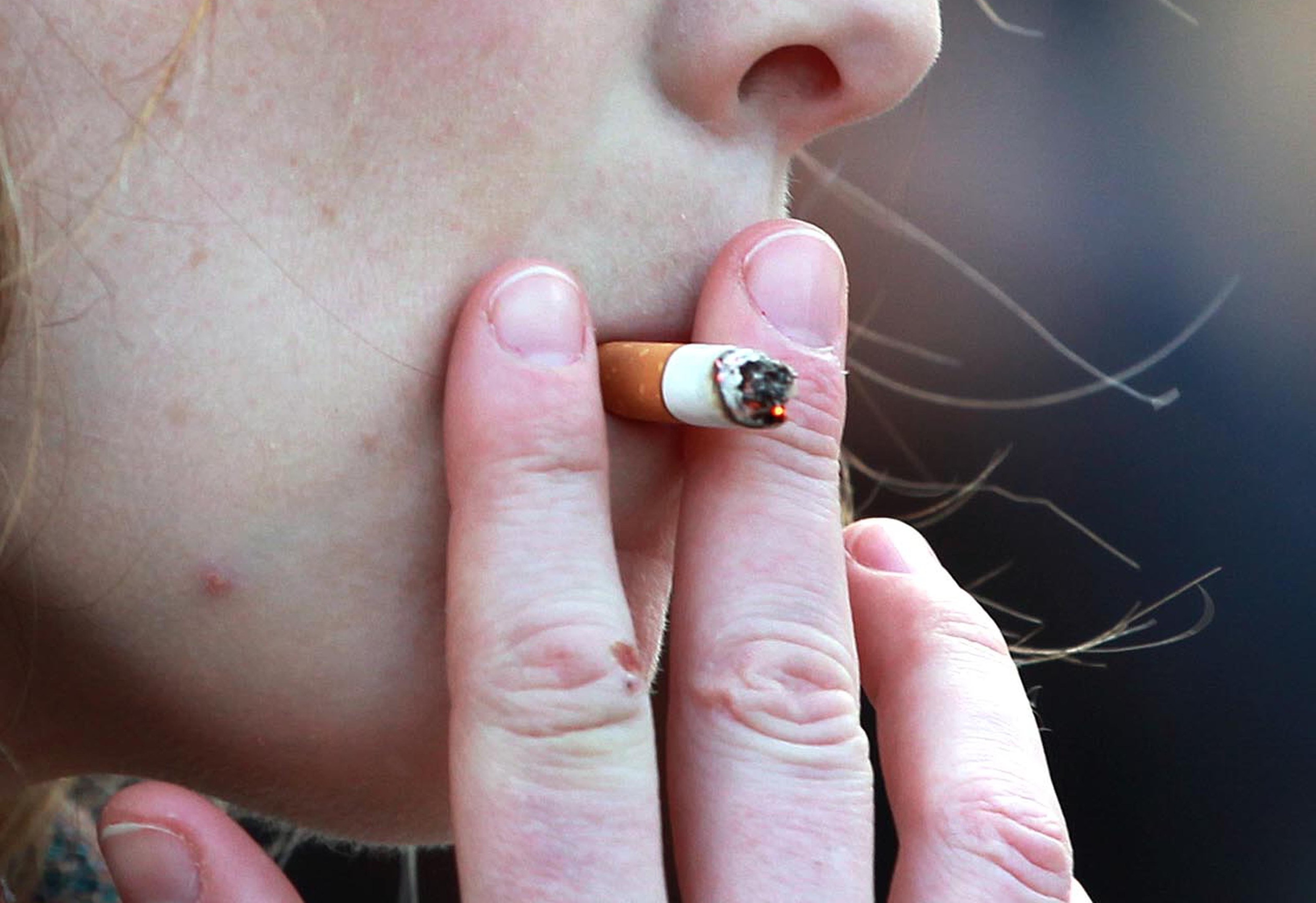
A new study has found that the ban on smoking indoors has had an impact on the number of 15-year-old girls taking up the habit.
The ban on smoking in all enclosed public places and workplaces, including bars, restaurants and public transportation was introduced in Scotland in March 2006, then in Wales and Northern Ireland in April 2007 and in England in July 2007.
Researchers from the University of Glasgow, the Welsh Government and the University of Stirling examined smoking prevalence among 13 and 15-year-old boys and girls from all four countries of the UK.
Using health research questionnaires completed by teenagers, they were able to monitor smoking trends over a number of years.
The study, published in Nicotine and Tobacco Research, noted there was a reduction in regular smoking following the ban, but the reduction was only statistically significant for 15-year-old girls.
In this group, implementation of smoke-free legislation was associated with a reduction in regular smoking by 4.3%, the authors said. They also found that the prevalence of regular smoking fell by an additional 1.5% per annum post-legislation among girls this age.
The researchers also found reductions between 13-year-old girls and boys and 15-year-old boys but these were not deemed to be statistically significant.
“The results demonstrate a fairly big change in the number of young people starting smoking – particularly in girls,” said Dr Vittal Katikireddi, lead author of the paper and public health lecturer at the University of Glasgow’s Social and Public Health Sciences Unit.
“For 15-year-old girls in England the smoking rate reduced from 24% to 19% after the legislation. Of course, the smoking bans are quite recent; the longer term impact could be even greater.”
Commenting on the study, Dr Penny Woods, chief executive of the British Lung Foundation, said: “The smoking ban was initially introduced to protect people from passive smoke. However, this research suggests it has also helped ‘de-normalise’ smoking, making it seem less a part of everyday life, and thereby reducing its appeal to new, young smokers.
“From May this year, we expect the law requiring tobacco products to be sold in drab standardised packaging will further discourage smoking among young people.
“However, we can’t become complacent. Around 200,000 young people are still taking up smoking every year. Ongoing Government efforts, including targeted awareness campaigns, are needed if we are to see this number fall.”
But the authors did caution that their findings did not prove a causal link between the ban and the reduction in smoking.
They added: “Disentangling causality may be particularly problematic since smoke-free legislation could have indirectly contributed to the implementation of other interventions by encouraging awareness and debate about tobacco control amongst policymakers and the general public which, in turn, produced a facilitative environment for tobacco control.”
Simon Clark, director of the smokers’ group Forest, said: “Smoking rates among children were in decline long before smoking was banned in pubs, clubs and offices.
“Teenagers are well educated about the health risks of smoking and this, more than anything, is the principal reason for the long-term decline in the number of children who smoke.
“Since the smoking ban was introduced we’ve had graphic health warnings, a tobacco display ban, a ban on cigarette vending machines and further increases in tobacco taxation.
“To suggest that smoking bans have been a major factor in cutting childhood smoking rates is an act of faith, not a statement of fact.
“This research is yet another attempt to justify legislation that should be amended to allow designated smoking rooms in pubs, clubs and other adult-orientated venues.”
READ MORE
Survey reveals we’re cutting out cups of tea in favour of a healthier diet

Enjoy the convenience of having The Sunday Post delivered as a digital ePaper straight to your smartphone, tablet or computer.
Subscribe for only £5.49 a month and enjoy all the benefits of the printed paper as a digital replica.
Subscribe